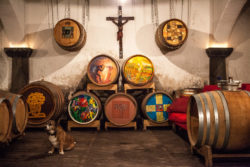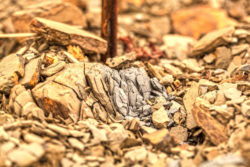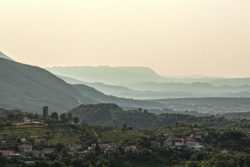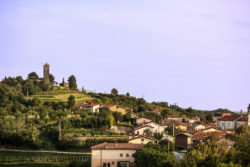Brda – Remarkably good

Vineyard © Matthias Stelzig
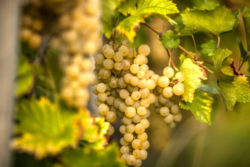
Rebola grapes © Matthias Stelzig
250 vines - per capita

Old wine bottle © Matthias Stelzig
Gene pool with potential
Barriques here, sandbags therefore
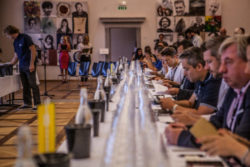
Wine tasting © Matthias Stelzig

